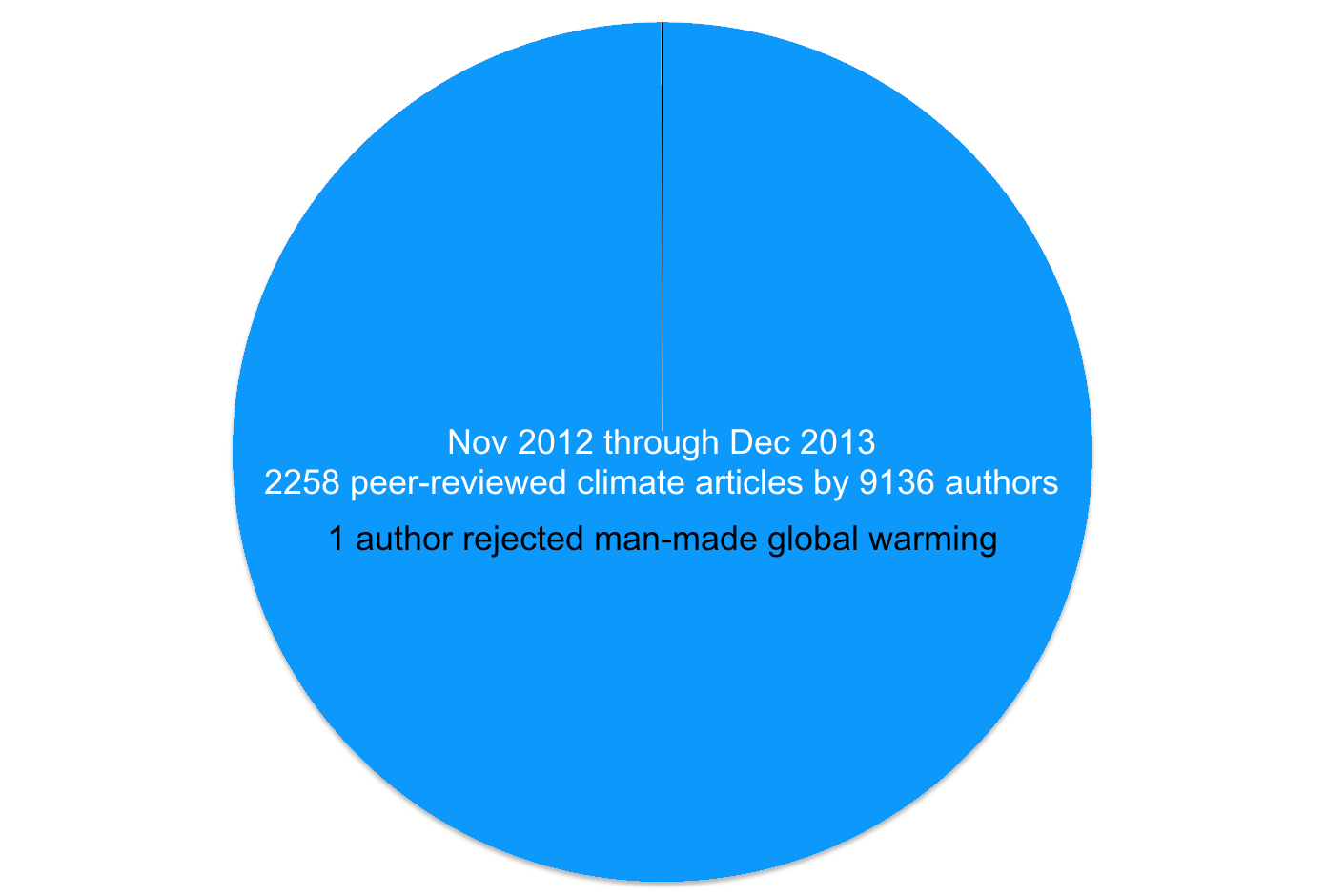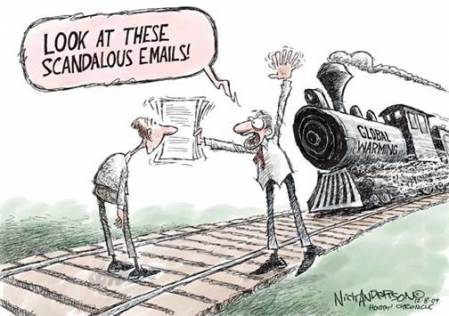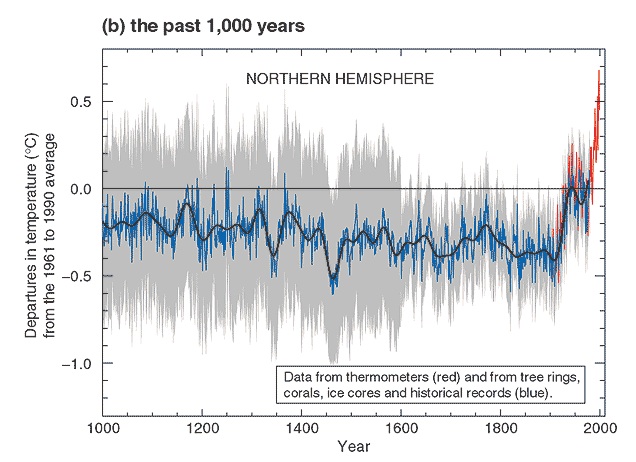It was a year of highs and lows as far as climate change and energy issues. Perhaps unsurprisingly, the lows got a lot of the attention, which is why the top 10 posts on DeSmog this year are mostly of the outrageous, infuriating or depressing variety.
We’ve already collected the top clean energy revolution stories of the year, so if this post gets too heavy for you, you can always pop over there and have some of your hope for the future restored.
But for those of you who can’t look away, here are the top ten stories we posted on DeSmog this year, as measured by the amount of traffic each received:
1. Confirmed: California Aquifers Contaminated With Billions Of Gallons of Fracking Wastewater
After California state regulators shut down 11 fracking wastewater injection wells in July 2014 over concerns that the wastewater might have contaminated aquifers used for drinking water and farm irrigation, the EPA ordered a report within 60 days.
It was revealed in October that the California State Water Resources Board had sent a letter to the EPA confirming that at least nine of those sites were in fact dumping wastewater contaminated with fracking fluids and other pollutants into aquifers protected by state law and the federal Safe Drinking Water Act.
The Center for Biological Diversity calculated that nearly 3 billion gallons of wastewater had illegally been injected into the aquifers.
2. NASA Confirms A 2,500-Square-Mile Cloud Of Methane Floating Over US Southwest
When NASA researchers first saw data indicating a massive cloud of methane floating over the American Southwest, they found it so incredible that they dismissed it as an instrument error.
But as they continued analyzing data from the European Space Agency’s Scanning Imaging Absorption Spectrometer for Atmospheric Chartography instrument from 2002 to 2012, the “atmospheric hot spot” kept appearing.
The team at NASA was finally able to take a closer look, and in October 2014 they published their results concluding that there is in fact a 2,500-square-mile cloud of methane—roughly the size of Delaware—floating over the Four Corners region, where the borders of Arizona, Colorado, New Mexico, and Utah intersect.
3. Why Climate Deniers Have No Scientific Credibility: Only 1 of 9,136 Recent Peer-Reviewed Authors Rejects Global Warming
This guest post by James Lawrence Powell, Executive Director of the National Physical Science Consortium, brought his previous study up-to-date by reviewing peer-reviewed articles in scientific journals over the period from Nov. 12, 2012 through December 31, 2013. He found that, of 2,258 articles on climate change written by a total of 9,136 authors, only one article, by a single author in the Herald of the Russian Academy of Sciences, rejected man-made global warming.
4. Climate Change Philosopher A Target Of Abusive Hate Campaign
“DIE you maggot,” reads one of the hundreds of emails from climate science deniers that were dropped into philosopher Lawrence Torcello’s inbox in March of 2014.
“Fortunately, your kind will be marched to the wall with all the other leftist detritus,” says another.
Others accuse Torcello, an assistant professor at Rochester Institute of Technology’s Department of Philosophy in the west of New York State, of being a fascist, Stalinist, and a Nazi.
The catalyst for the bilious outpouring was an article Torcello had written for The Conversation website arguing there was “good reason to consider” that “the funding of climate denial” was morally and criminally negligent.
5. Debunked Conspiracy Climategate Five Years Later
We were reluctant to remind everyone about the so-called “Climategate” incident that was sparked on November 19, 2009.
Many people, in the end, were embarrassed by this major attack on climate change scientists when it turned out to be nothing more than manufactured media hype. Nine independent inquiries by multiple agencies all arrived at the same conclusion: the Climategate conspiracy was nonsense.
Interestingly enough, the only inquiry that was never concluded was the failed criminal investigation by the UK police into who hacked and stole the private documents.
The fact is that a small number of words (three to be exact) found in over 20,000 pages of stolen documents were taken out of context and spun for the media. All to fit the conspiracy theories of a small band of climate deniers who will never be convinced that climate change is happening and that burning fossil fuels like coal and oil is predominantly to blame.
6. Science Journal Set To Retract Paper Linking Climate Change Scepticism To Conspiracy Theorists After Sceptics Shout Libel
DeSmogBlog learned that the four authors of a scientific paper that found a link between conspiratorial thinking and the rejection of global warming science signed gagging orders preventing them from discussing the nature of the complaints about their work, carried out when lead author, Professor Stephan Lewandowsky, was at the University of Western Australia (he is now the chair of cognitive psychology at the University of Bristol).
News of an alleged pending retraction, by the Switzerland-based journal Frontiers in Psychology, first leaked onto climate sceptic blogs, even before the journal made a formal announcement.
DeSmogBlog was the first to report that Freedom of Information documents obtained in June 2013 revealed that climate sceptics complained the work was defamatory.
Retractions of academic research in peer-reviewed publications are rare events.
7. Michael Mann’s Opponents In Hockey Stick Defamation Case Regurgitate Half-Truths In New Court Filing
The most famous and first “hockey stick” graph came from research published in the journal Nature in 1998 led by Professor Michael Mann, then of the University of Massachusetts Amherst.
Mann used historical data from tree rings and ice cores—known as “proxy records”—to determine what temperatures were like in the Northern Hemisphere over the 600 years or so before we had a reasonably well-dispersed network of thermometers.
When plotted on a chart… well, you know the rest. It looked like a hockey stick.
Mann followed up that work in 1999, refining the research for a study in Geophysical Research Letters to give a full 1000-year history of the planet’s temperatures.
His work appeared in the 2001 United Nations Intergovernmental Panel on Climate Change report. This is what it looked liked in that report:
Since then, several other studies using different methodologies and different sets of data have come to broadly the same conclusions as Mann: Recent decades have been exceptionally warm.
Over the same period, climate science “sceptics” and denialists have been gunning for Mann, now the head of the Earth System Science Center at Penn State University. His opponents constantly raise allegations against Mann without ever mentioning the half dozen or so investigations into his academic work and conduct that have concluded his work and conduct to be sound.
8. CSX Railroad “Bomb Train” Carrying Crude Oil Explodes in Lynchburg, Virginia
On April 30, 2014, a freight train owned by CSX Corporation erupted in downtown Lynchburg, Virginia, sending “flames stories high” into the air, creating a large black cloud.
ABC‘s WSET reported that four cars were “labeled crude oil,” and one witness interviewed on WSET, an employee at Lynchburg’s Market at Main restaurant named Randy Taylor, said it “sounded like a jet” when it exploded.
Around 300 people were evacuated following the accident because of the black, billowing smoke.
WSET reported that some of the oil spilled into the James River along with three of the train’s cars.
9. Bush Family and Its Inner Circle Play Central Role in Lawsuits Against Denton, Texas Fracking Ban
On November 4, 2014, Denton, Texas became the first city in the state to ban the process of hydraulic fracturing (“fracking”) when 59 percent of voters cast ballots in favor of the initiative. It did so in the heart of the Barnett Shale basin, where George Mitchell — the “father of fracking” — drilled the first sample wells for his company Mitchell Energy.
As promised by the oil and gas industry and by Texas Railroad Commission commissioner David Porter, the vote was met with immediate legal backlash. Both the Texas General Land Office and the Texas Oil and Gas Association (TXOGA) filed lawsuits in Texas courts within roughly 12 hours of the vote taking place, the latest actions in an aggressive months-long campaign by the industry and the Texas state government to fend off the ban.
The Land Office and TXOGA lawsuits, besides making similar legal arguments about state law preempting local law under the Texas Constitution, shared something else in common: ties to former President George W. Bush and the Bush family at large.
10. $3 Million Jury Verdict in Texas Fracking Nuisance Case
On April 22, 2014, a jury in Dallas, TX awarded $2.925 million to plaintiffs Bob and Lisa Parr, who sued Barnett shale fracking company Aruba Petroleum Inc. for intentionally causing a nuisance on the Parr’s property, which impacted their health and ruined their drinking water.
The jury returned its 5-1 verdict confirming that Aruba Petroleum “intentionally created a private nuisance” through its drilling, fracking, and production activities at 21 gas wells near the Parrs’ Wise County home over a three-year period between 2008-2011.
Plaintiffs attorneys claimed the case was “the first fracking verdict in U.S. history.”
–
2014 was quite a year! We look forward optimistically to 2015, with the hope that some major progress is made to address climate change and deliver the clean energy solutions required to safeguard our future.
Thanks to all of you for reading DeSmogBlog. We couldn’t do this work without your support.
Happy New Year!
Co-authored with Mike Gaworecki.
Blog Image Credit: Amacistock / Shutterstock.com
Subscribe to our newsletter
Stay up to date with DeSmog news and alerts










